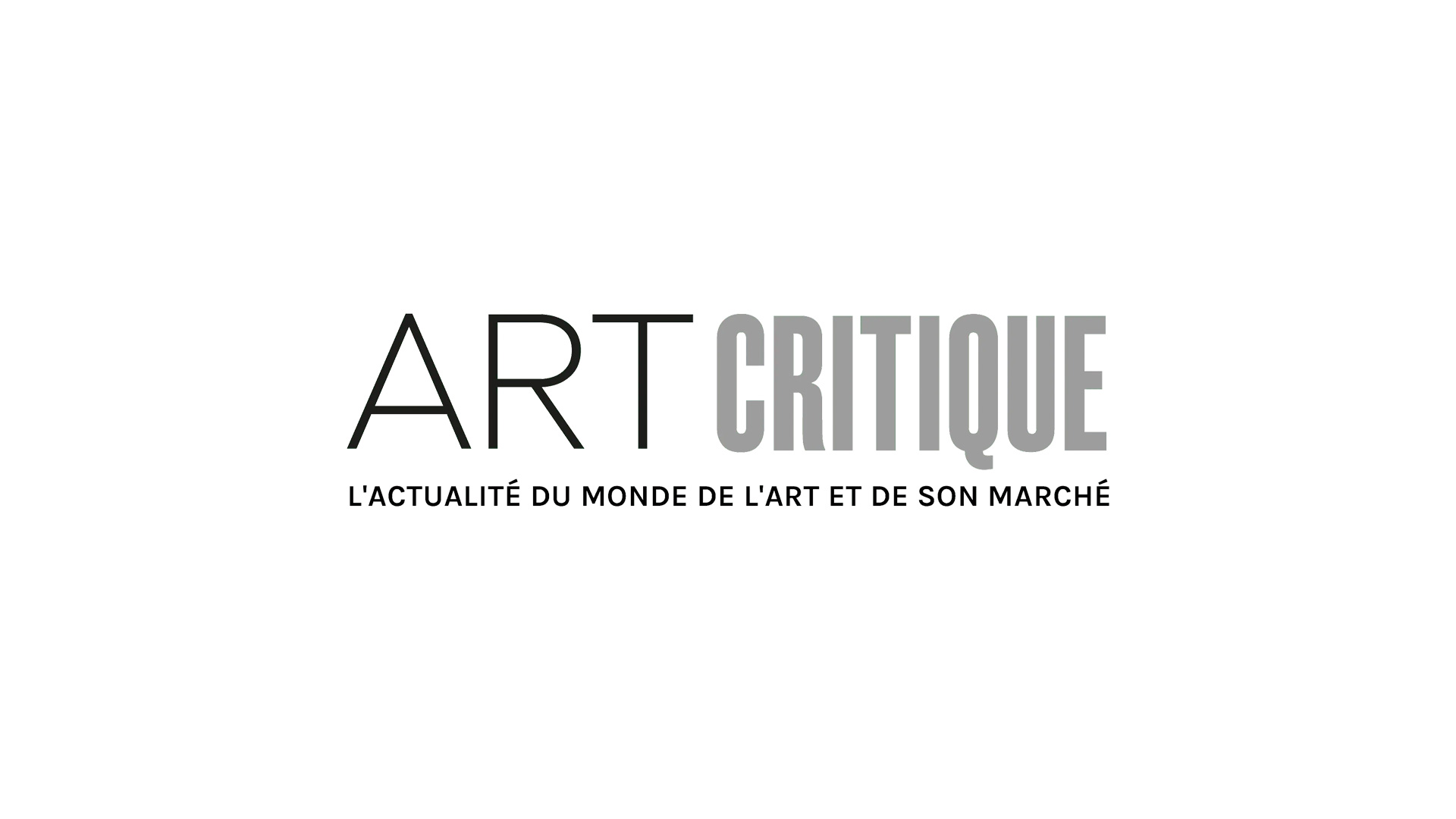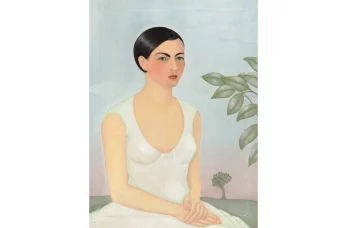Remember a couple of months ago when it seemed that Italy was going to block the loan of a large number of their artworks by Leonardo da Vinci to France? Well, it seems that Italy has recently changed their tune after Franck Riester, France’s minister of culture, met with Alberto Bonisoli, cultural minister of Italy on February 28th. The disagreements between Italy and France have been described as some of the most ‘serious’ diplomatic disputes since World War II, but it seems that both countries believe a compromise can be met to smooth things over.
After months of impasse, things are looking more positive for the Louvre, which has planned to acquire loans from Italy for their upcoming exhibition of works by da Vinci marking the 500th anniversary of his death. This was among topics discussed by Riester and Bonisoli during their recent meeting. Their meeting also coincided with France returning their ambassador to Italy back to Rome after rising tensions caused France to recall him. Now, both France and Italy have confirmed that Italy’s da Vinci’s will make their way to the Louvre in October for what is bound to be a blockbuster exhibition of works by the Old Master.
Originally, Italy promised to loan the works in question to France in an astounding deal made in 2017 between Italy’s former minister of culture Dario Franceschini. In November, though, members of Italy’s ‘Italians-first’ populist government saw this as a huge mistake. Among them, undersecretary of culture Lucia Borgonzoni believed the agreement would ‘put Italy on the margins of a great cultural event.’ At that time, it became very uncertain as to if 17 paintings, an array of drawings, and sculptures by da Vinci would make the journey to Paris. Though it is still a secret as to which loans will head to Paris, they will join the Louvre’s five authentic da Vincis, including the Mona Lisa, and potentially the Salvator Mundi, which made headlines in 2017. Now that the agreement is back on, Italy will receive a number of works by Raphael in 2020 for a number of exhibitions highlighting the Italian Master and contemporary of Leonardo da Vinci at the 500th anniversary of his death.
Both Italy and France have a significant relationship with da Vinci. Hailing from Italy and having worked there for much of his life, da Vinci died in Amboise, France in 1519 after being employed by King Francis I of France. During the height of the dispute over loaning the artworks to France, Borgonzoni reiterated this saying ‘Leonardo is Italian; he only died in France.’
Now that tensions seem to be subsiding, hopefully the celebrations of da Vinci’s life, some of which are already underway, will make way for more positive work between France and Italy. Concerning the meeting and the reinstatement of the loan agreement, Bonisoli says that he was ‘happy that France can celebrate the genius of Leonardo.’ His legacy, after all, continued Bonisoli ‘is a heritage not only Italian but European and universal.’





